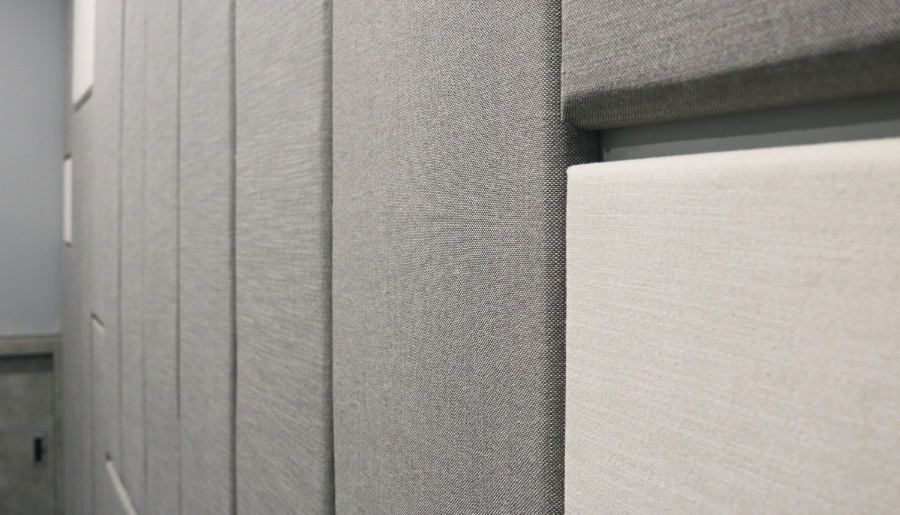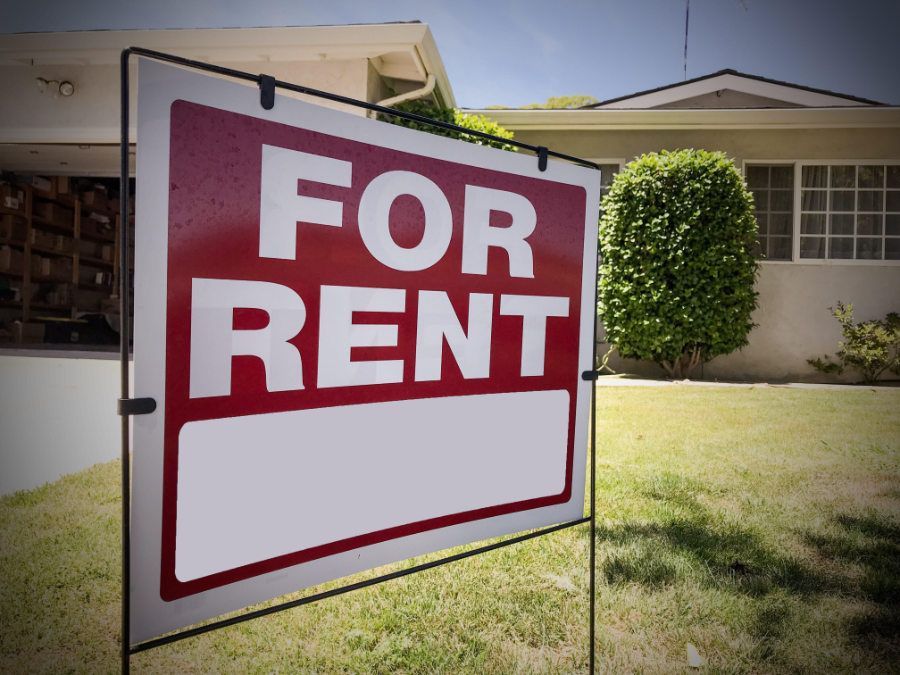Top 3 Ways to Minimize Noise Between Walls

Investing in soundproofing solutions can help to enhance tenant satisfaction. This can reduce turnover rates and vacancies while justifying a higher rental rate. It can not only improve the living experience for tenants, it is a great marketable feature for prospective tenants.
Today we’ll go over three useful ways to reduce noise between walls and keep your tenants comfortable.
Soundproof Insulation
An incredibly effective way to reduce noise between walls, ceilings, and floors is using dense soundproof insulation. While this may not be the ideal solution for everyone due to the amount of time and financial investment it takes to do, soundproof insulation works by absorbing the sound waves which prevent them from traveling through walls. The insulation is dense and designed specifically to trap airborne sound. It helps reduce noise from voices, footsteps, and noises from the city.
Installing soundproof insulation is a practical, long-term investment. While the initial installation comes with a heavy upfront cost, the benefits may outweigh the expense. Reducing
noise complaints, and improving tenant satisfaction can lead to higher retention rates, consistent lease renewals and fewer vacancies. Soundproof insulation rarely requires any maintenance and can last for decades. Additionally, many of the soundproof insulation are also fire resistant which contributes to the safety of your tenants and investment as well.
Soundproof Paint
Soundproof paint is a common solution for reducing minor noise disturbances. While not as effective as soundproof insulation, It contains sound dampening additives such as ceramic microspheres, which can help to absorb and reduce sound. Soundproof paint is applied like a typical paint, making it a convenient option during regular maintenance cycles, or when preparing a vacancy for the next tenant. Soundproof paint generally is used to address minor noise issues such as low level background noises, footsteps, and conversations. It’s rarely used on its own and oftentimes used in conjunction with other soundproofing strategies.
It’s not uncommon for tenants in multi-family properties to complain about noises from their neighbors. Soundproof paint can offer a cost-effective solution for investors trying to enhance tenant comfort without doing major renovations. As it can be applied during regular painting cycles, and doesn’t require any special tools it can save time and labor costs. Additionally, soundproof paint is similar to standard paint when dry, this preserves the aesthetic of your rental property without compromising the design.
Double-Pane Windows
Double-pane glass windows are an effective solution for reducing noise levels in rental properties. As the name implies, they consist of two layers of glass that have a small gap of separation. The space between the panes interfere with the path of sound waves, reducing their spread into the building. This configuration helps to dampen the external noises of the city such as traffic, construction, and nearby conversations. It ultimately helps to make indoor environments quieter and more comfortable for your tenants.
Double-pane glass windows are an invaluable investment for landlords who’s rental properties are located in high-traffic or noisy urban areas. Investors can greatly improve their tenant’s satisfaction and comfort while improving retention rates and reducing
vacancy rates. These windows don't need any extra maintenance when compared to a typical window beyond regular cleaning. Double-pane glass windows are a long-term solution that when combined with other soundproofing efforts, such as the other methods discussed today can make for an incredibly comfortable living experience. Additionally, double-pane glass windows can also help reduce energy consumption as they also help to insulate the home from the weather.
Investing in your tenant’s comfort can greatly benefit your bottom line. A satisfied tenant is less likely to move. In loud areas of Long Beach having a quiet rental can be highly
desirable for prospective tenants. If you need help keeping noise levels down or if you need help managing Beach City rental property, we invite you to call us today at (562) 888-0247 or complete our
Owner Application online.





